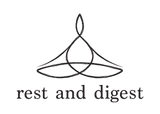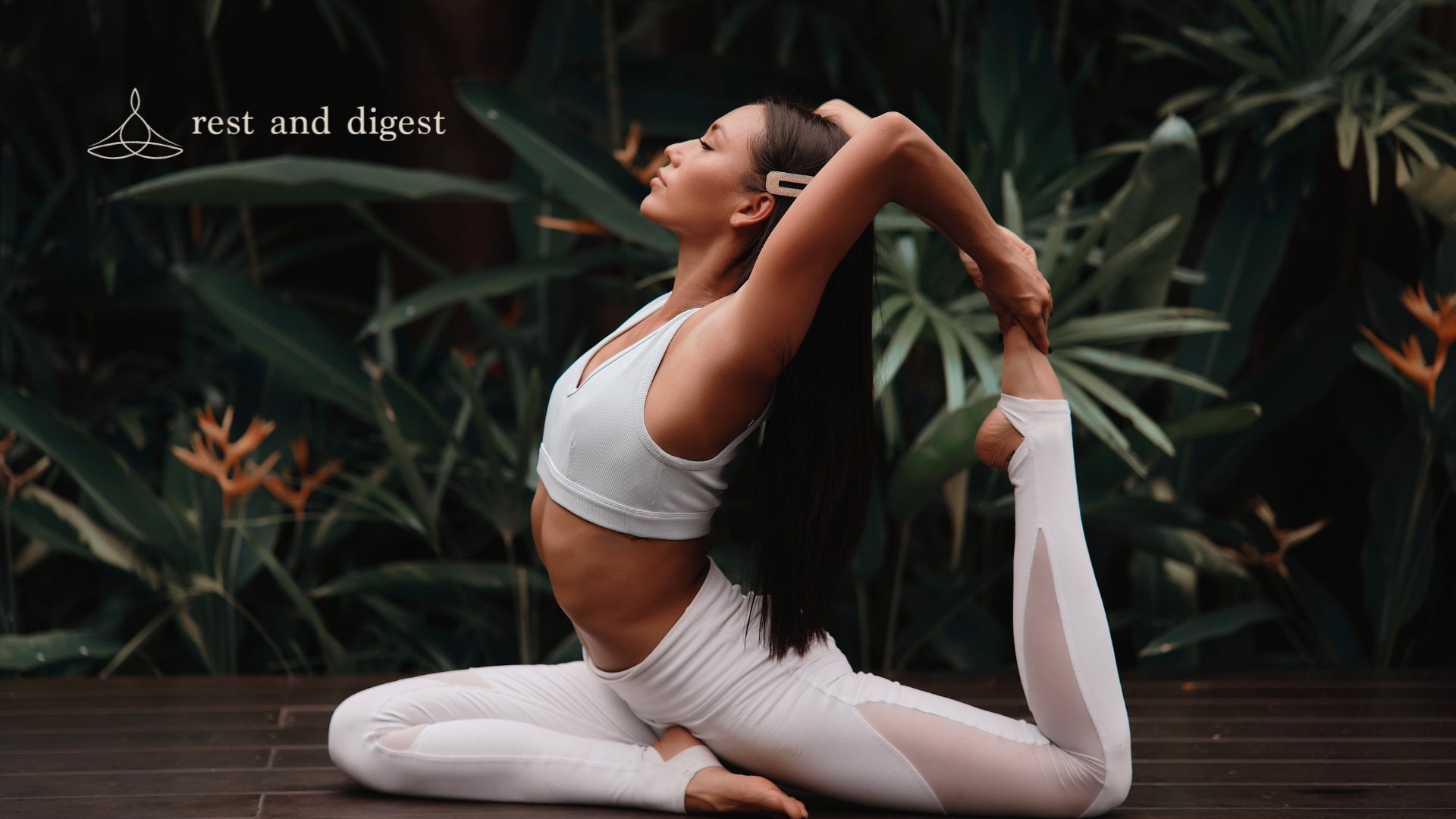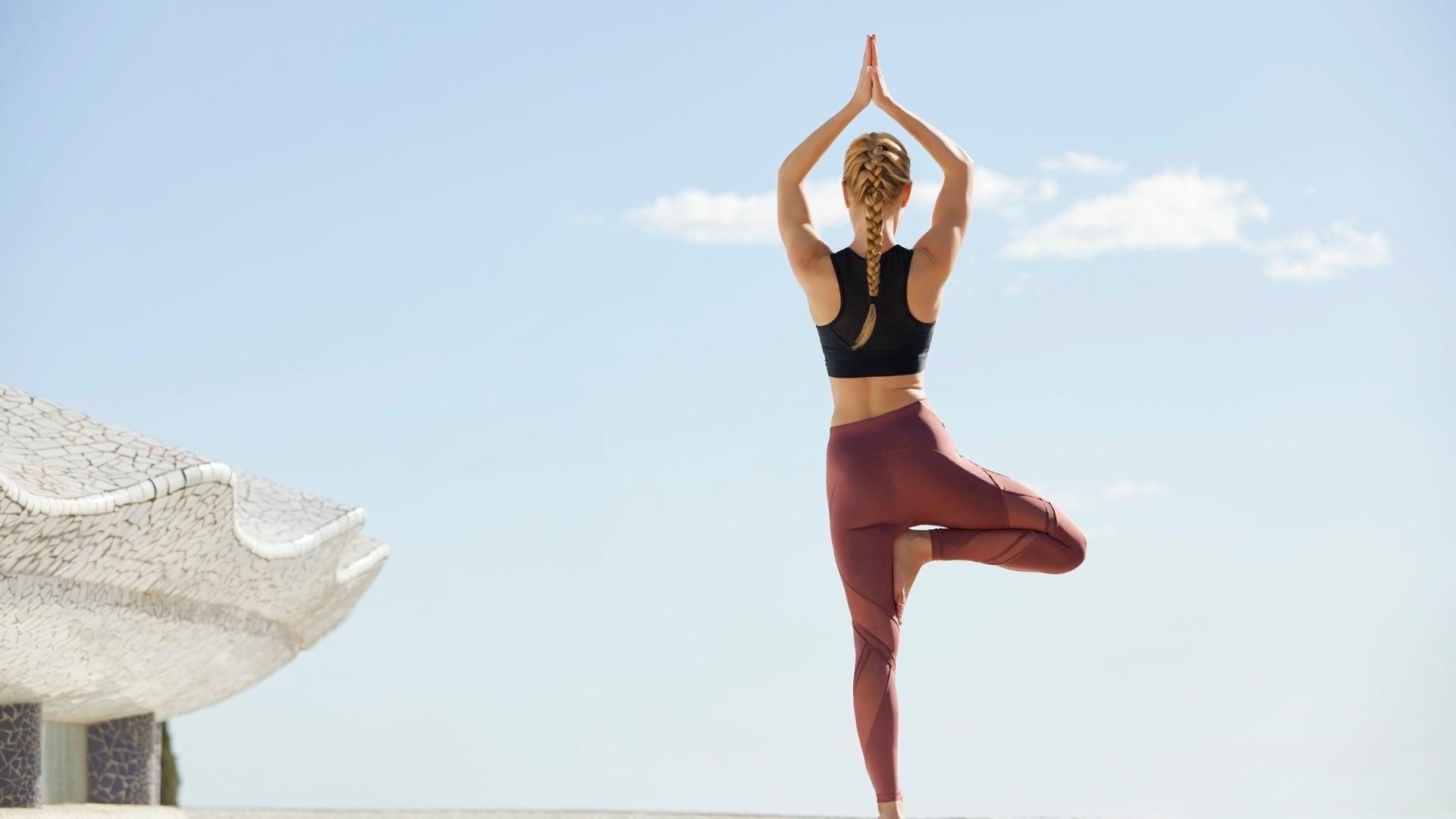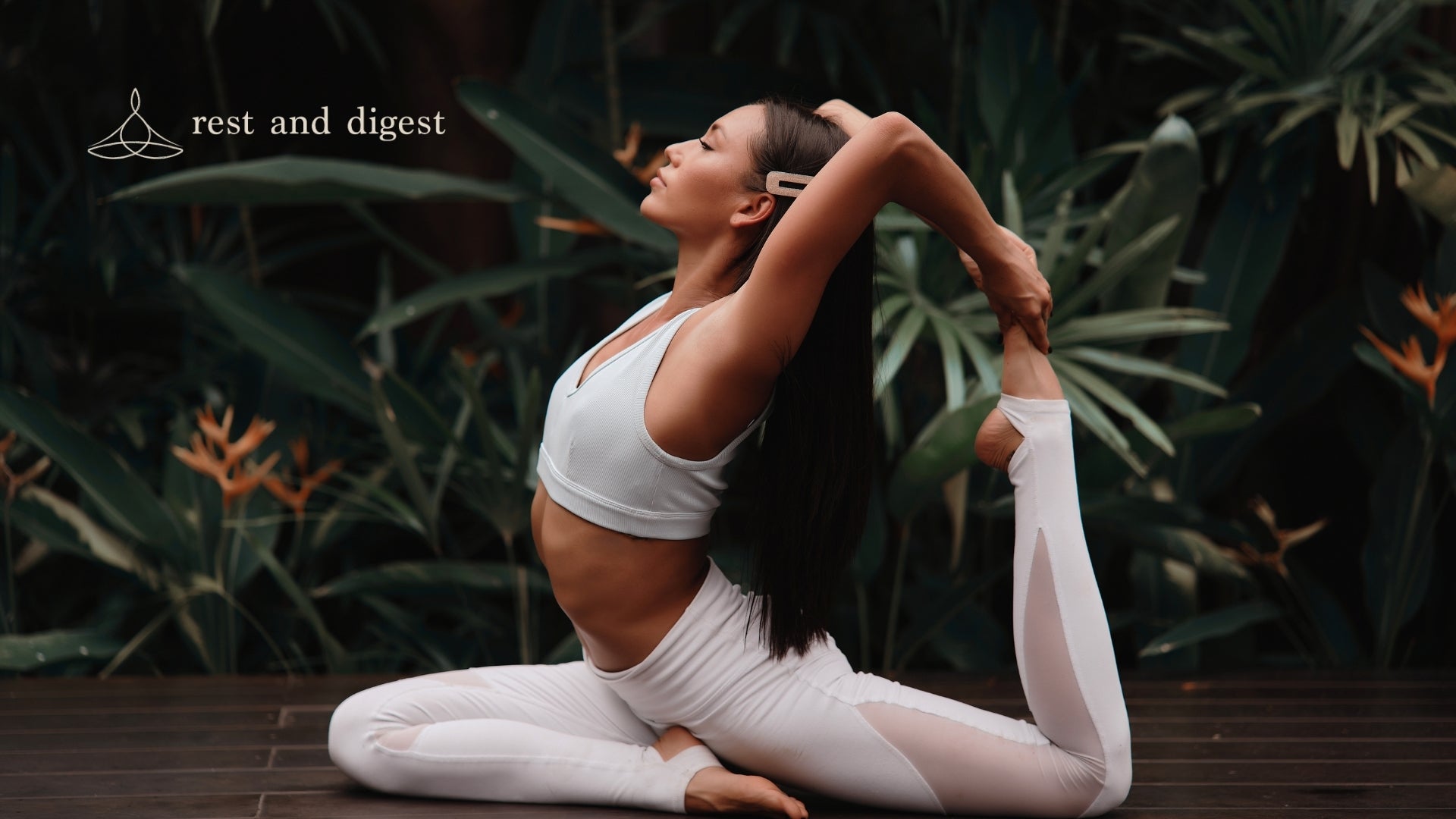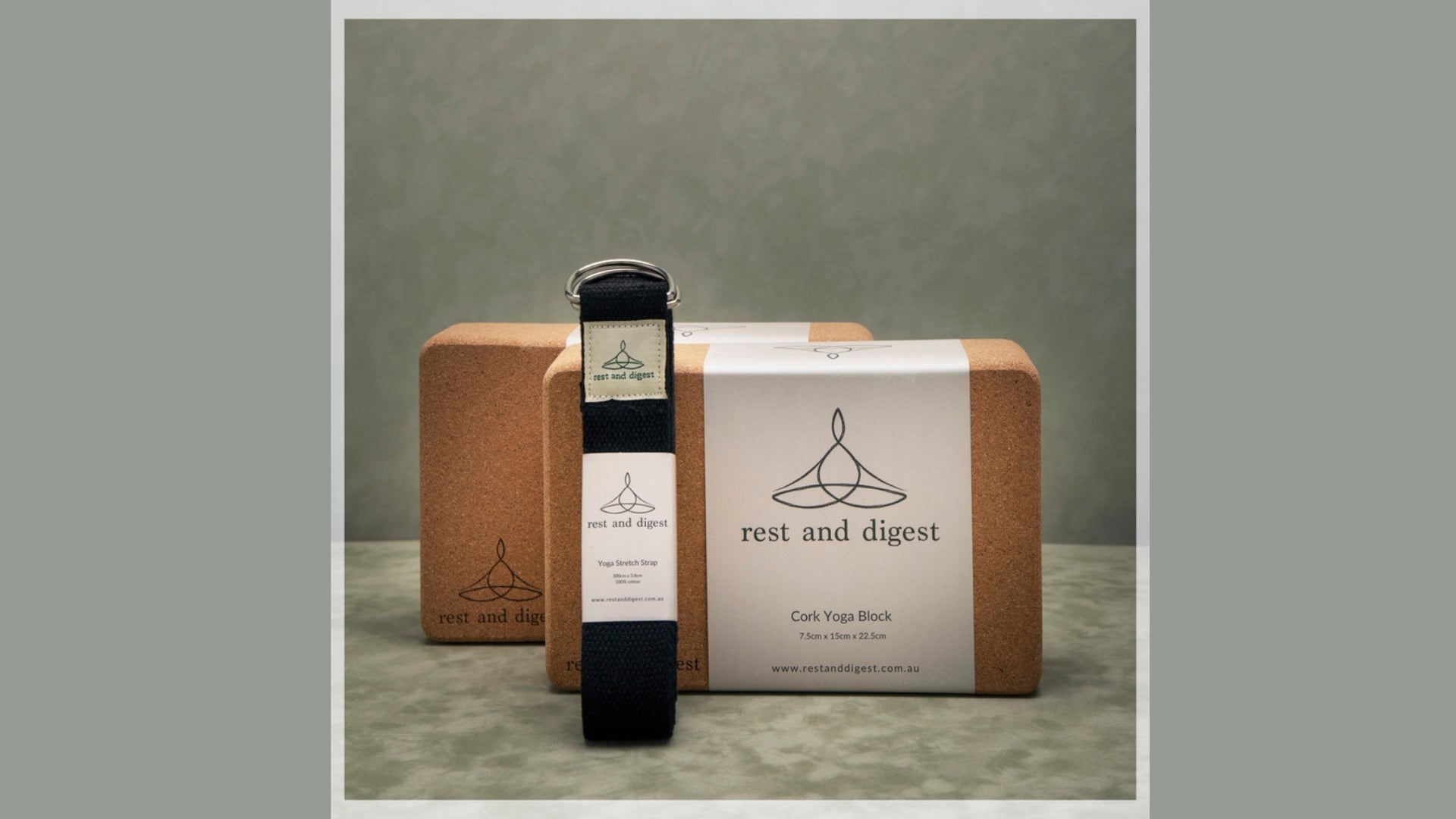
How To Use Yoga Props
Yoga is an age-old Indian practice that has developed throughout the centuries. Known for its holistic treatment of the mind, body, and spirit, yoga involves a range of physical exercises, meditation techniques, and spiritual activities and can provide many benefits. While yoga can be a bit challenging for beginners, there are numerous yoga props that make yoga accessible and effective by improving flexibility, and alignment and giving support during our exercises.
Whether you are new to yoga or have been practicing it for years, knowing how to use yoga props can change your practice completely.
Yoga Blocks
Blocks have multiple uses among all yoga gear since they bring the body into proper alignment or extend the reach of arms and legs. They come in various sizes made from foam, cork, or wood suitable for different types of bodies and levels of flexibility. Here’s how to use yoga props like blocks.
- Support During Standing Poses: Using blocks under your hands in standing poses such as in Trikonasana (Triangle Pose) or Utthita Parsvakonasana (Extended Side Angle Pose) will improve stability by bringing the floor closer.
- Assisting Balancing Poses: The use of blocks would enable you to get closer to the earth when doing balancing poses like Ardha Chandrasana (Half Moon Pose) or Virabhadrasana III (Warrior III). Besides, it will provide support and stability as you find your balance.
- Improvement in Seated Poses: To improve your seated poses, you can elevate your hips by sitting on a block of Sukhasana (Easy Pose) or Padmasana (Lotus Pose). This way, it will facilitate the elongation of your back and reduce any discomfort in the lower back as well as hips.
Yoga Straps
Yoga Straps usually made of sturdy cotton or nylon, are essential accessories for boosting suppleness and enhancing range motion. They enable an individual to stretch further as well as pursue otherwise difficult positions. Here’s how to use yoga props like straps.
- Extending Hamstrings: For poses such as Supta Pandagusthasana (Reclining Hand-to-Big-Toe-Pose), a strap may be tied around the soles to take hands farther, making hamstring stretches more intense without losing correct body postures.
- Widening Shoulders: Like in Gomukhasana (Cow Face Pose) or Paschimottanasana (Seated Forward Bend) for instance, hold the strap behind your back using both hands and allow your shoulders to move widely thus creating a bigger swing for the rest of your arms.
- Assisting Binding: Bridge the gap between your hands using a strap for Marichyasana (Marichi’s Pose) or Baddha Konasana (Bound Angle Pose). This will enable you to eventually develop binding while keeping integrity within the spine and shoulders.
Yoga Bolsters
Bolsters are cylindrical or rectangular cushions full of cotton or foam, which are significant in restorative and Yin Yoga practices that aid relaxation. Using bolsters while doing yoga will give you incredible comfort and support.
- Supporting Restorative Poses: Put a bolster across your spine during Setu Bandhasana (Supported Bridge Pose) or Viparita Karanai (Legs-Up-the-Wall Pose), to support your back, and to encourage gentle opening and releasing of shoulders and chest.
- Increasing Relaxation: Place your head on the bolster in Savasana (Corpse Pose) to allow the body to completely relax, relieve tension, and calm the mind into a state of deep relaxation.
- Aiding Pranayama Practice: Use a bolster as a seat, when performing Sukhasana (Easy Pose) or Virasana (Hero Pose), raising your hips above the ground level so that you can maintain an upright position comfortably.
Yoga Blankets
Although blankets appear simple, they are versatile props that bring warmth, cushioning, and stability to various postures within yoga. Here’s how to use yoga props like blankets in folded or rolled configurations.
- Knee Support: In poses like Balasana (Child’s Pose) or Low Lunge, place a folded blanket under your knees to release pressure and discomfort by providing a more comfortable and sustainable practice space.
- Lumbar Support: Support your lower back with a rolled blanket in Savasana (Corpse Pose) or Setu Bandhasana (Bridge Pose) to provide mild support for the natural curve of the spine.
- Comfort in Seated Poses: When seated on either Sukhasana (Easy Pose) or Padmasana (Lotus Pose), use a folded blanket under you to raise your hips above the floor level which eases tension on your knees as well as ankles, making you feel anchored and comfortably seated.
Yoga Wheels
Yoga wheels which resemble rounded props are made from tough plastic or wood whose purpose is to improve backbends, increase flexibility, and enhance core strength. Here’s how to use yoga props like wheels in practicing yoga.
- Deepening Backbends: In poses such as the Urdhva Dhanurasana (Wheel Pose) or Ustrasana (Camel Pose), roll the wheel down your spine to deepen your backbend while improving flexibility, thereby offering some support and stability.
- Strengthening Core: Use a yoga wheel to challenge your core muscles while doing poses like Plank or Forearm Plank. Put the feet on top of the wheel to engage abdominal muscles to maintain balance and control.
- Assisting in Balance Poses: Use the wheel as a prop for stability in balancing poses like Vrksasana (Tree Pose) or Utthita Hasta Padangusthasana (Extended Hand-to-Big-Toe Pose) by holding onto the wheel with one hand while focusing on grounding through the standing leg.
How to Incorporate Yoga Props into Practice
Now that you have a fair idea of how to use yoga props, you might be wondering how to get started. Firstly, consider your situation and abilities including your flexibility, injuries, and goals. Always seek guidance from a certified yoga instructor or therapist, particularly if you are new to this form of exercise or have any specific concerns. Gradually introduce one or two accessories during practice and then expand slowly once you adapt to employing them. Remember that these tools are designed to improve your practice; therefore use them carefully and mindfully to enrich every pose.
You can get more information about yoga in general from Yoga Alliance - a worldwide authority on Yoga for over 25 years.
Yoga props are beneficial for practitioners of varying levels, enhancing alignment, providing support, and deepening stretching. By learning how to use yoga props effectively, you can increase awareness, stability, and relaxation as well as unlock your full potential in your yoga journey.
See our range of yoga props here:
restanddigest.com.au/products/rest-and-digest-extra-long-stretch-strap
restanddigest.com.au/products/jute-and-natural-rubber-yoga-mat-and-carry-strap
restanddigest.com.au/products/rest-and-digest-cork-yoga-block
See this article for info on how to use a yoga strap:
restanddigest.com.au/blogs/yoga/how-to-use-a-yoga-strap

